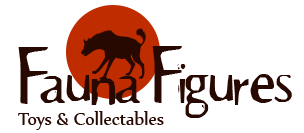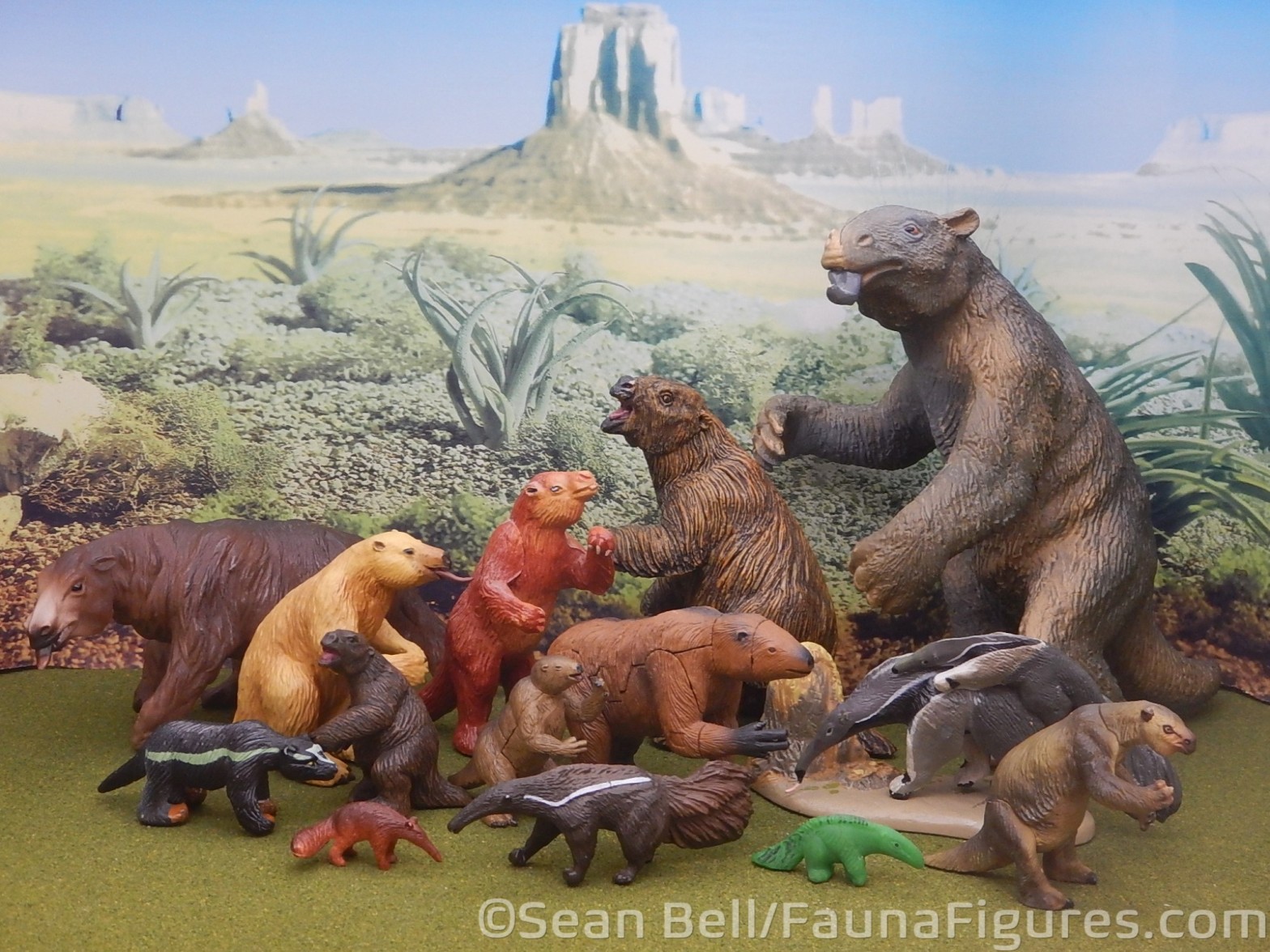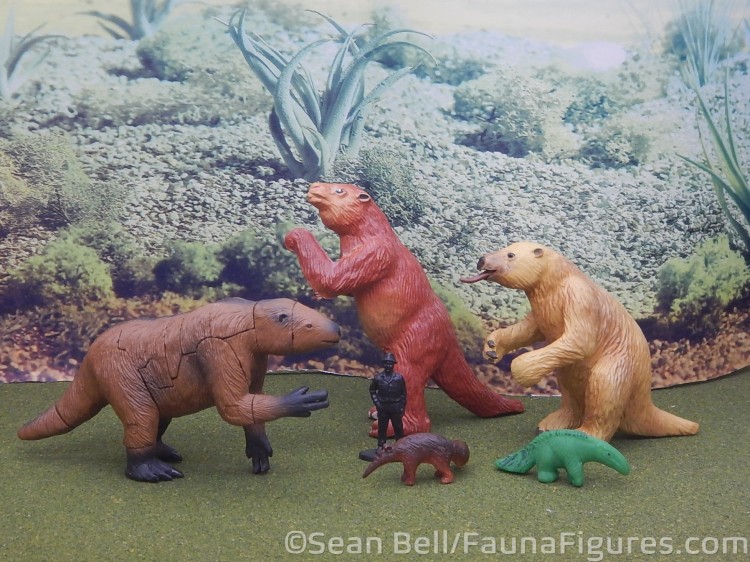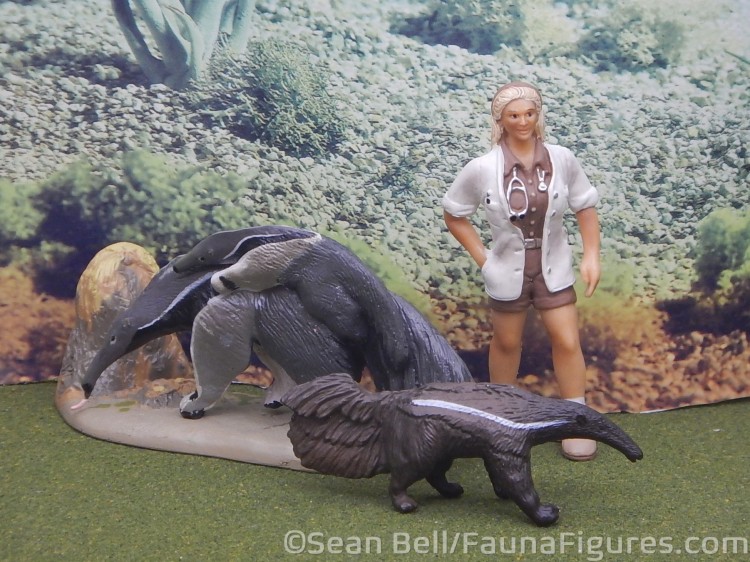It’s another Clades post! This time a more stem-group clade, looking at one group within the mammal group Xenarthra. The name of the group Xenarthra refers to the unusual joints in their vertebrae. They generally have reduced dentition, and likely evolved as digging or burrowing instect eaters. As a group, xenarthrans are a group found entirely in the Americas, first appearing in the Palaeocene in South America and spreading northward, even into North America during the Pliocene’s Great American Interchange. During this time, some xenarthrans grew to incredibly large sizes, later going extinct when the megafauna went extinct.
Within this group, there are two major clades–the Cingulata, containing the armadillos plus the extinct glyptodonts and other relatives; and the group today, Pilosa, the anteaters (“Vermilingua”) and sloths (“Folivora”) plus their extinct relatives. Ecologically, modern Pilosans are either insectivorous or folivorous; it is conceivable that some of the extinct species may have included different diets. The diversity of the group was such that it included giant sloths and even aquatic sloths, which would have necessitated having some kind of other diets. Also, how has no company made a figure of the swimming sloth? That’s such a weird thing.
Unlike some previous clades, this time it’s a group that sees itself made as figures several times. That said, certain ones are of course far more popular than others. It might help that the living species are generally pretty familiar to the public–and sloths have a bit of an internet meme presence besides. Based on my collection, apparently Giant Anteaters are pretty common. And, of course, there appears to be no shortage of extinct Giant Ground Sloths. I have had other species/groups as well. Not sure why I no longer have any of the modern sloths, but I did; and there have certainly been Tamandua figures too. One interesting thing is that the only Ground Sloth species is Megatherium. Of course, it’s entirely possible to allow some of these figures to stand in for one of the many other genera.
As is clear, the number of figures I have does not at all reflect how commonly this group is made as figures. I know, for example, that Marx included a Giant ground sloth in their prehistoric figures sets in the 50s, and that probably wasn’t even the earliest one. I also know that giant anteaters show up in early Britains’ sets too. Three- and two-toed sloths weren’t made as frequently, but they have started showing up more frequently. So the good news is that as far as some clades go, it would be pretty easy to add a few to a collection, regardless of scale or size. Not all of these are still in production of course, but at least should be accessible. This post has also made me wonder if I need to track down a few of those other modern ones that I know exist…not sure why I don’t so I might need to fix that! Modern sloths are pretty hot as figures right now after all!









